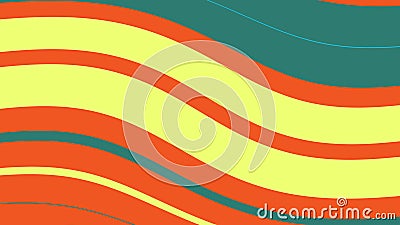

Migraines might be a precursor of MS, or they may share a typical cause, or the type of migraine that accompanies MS may be various than that of individuals without MS. One study of MS patients attending a clinic revealed that they experienced migraines at a rate three times greater than the general population.īut the causal connection in between migraine and MS isn’t fully comprehended. Migraines are more common in individuals with multiple sclerosis (MS). Multiple Sclerosis, Migraines and Kaleidoscope Vision So for the sake of health, I will suggest you go and see the eye doctor as soon as possible. What is more, you may have problem in speaking or understanding speech. And because of that, you might suffer some other symptoms, such as attacks of dizziness, hearing or vision disturbance, level of sensitivity to light or noise, nausea and vomiting. And for the causes, according to some investigates, stress, excessive caffeine, excessive or too little sleep, weather modifications, elevation, specific foods such as cheese, chocolate or wine can just cause it.
#Kaleidoscope vision stroke professional#
Is it normal that my vision appears like kaleidoscope in my both eyes? Or is this symptom indicating my illness? I require some professional guidance.Ī: Well, from your description, I need to tell you that you may suffer from ocular migraines, which is likewise called as pain-free migraines.

In addition, women who likewise smoked and used oral contraceptives had seven times the risk of stroke than women who had likely migraine with visual symptoms alone. This is various from “visual migraine”, which originates from the brain and is perceived bilaterally in the vision.Ī possible risk factor in women for stroke: Recent research studies have actually found that women specifically under age 45 with current beginning of likely migraine with visual symptoms (within the previous year) were almost seven times more likely to have a stroke compared with women with no history of migraine. A retinal migraine is a convulsion of the artery going into the eye and leads to a temporary near-total loss of vision (a black out of the vision). Please keep in mind that this is various from a condition called “retinal migraine”. There are many examples of “visual migraine” that have actually been drawn by patients readily available on the internet. All of these variations are consistent with ophthalmic migraine. Some people explain a “kaleidoscope” effect, with pieces of the vision being missing. Some individuals get different variations of this phenomenon, with the central vision being involved, or with the visual result just like “heat rising off of a car”. The visual phenomenon would also be perceived in the nasal field of view of the other eye. It is normally primarily viewed as happening in the eye where is inhabits the temporal (outside) field of view. Given that migraine originates in the brain, the visual result typically involves the very same side of vision in each eye, although it may seem more popular in one eye or the other. In truth, it is normally a harmless phenomenon (with one exception noted listed below), although many individuals subsequently get the migraine headache.

When it is big, this crescent shaped blind spot containing this brilliantly flashing light can be difficult to ignore, and some people fear that they are having a stroke.

This increases the size of, and relocates to one side or the other of the vision, over the 5 to 30 minute period. Classically, a little blind spot appears in the main vision with a sparkling, zig-zag flicker light inside of it (“scintillating scotoma”). This visual aura can be extremely dramatic. Some people, nevertheless, experience the aura however do not have a headache. Migraine headaches may be preceded by a visual “aura”, lasting for 5 to 30 minutes (most commonly around 15 minutes), and then proceeding to the headache. Once the flashing lights begin you can prevent a fullblown migraine by taking painkillers, drinking water, upping your blood sugar with food and laying down in a quite, dark space. These flashing lights look like broken glass or water running down over gleaming lights. Flashing lights that last for 15 to 30 minutes are often symptomatic of ocular migraines, which are headaches that also cause colored lights usually in both eyes. Your brain interprets this as different colors.įlashing lights can also be an early warning for migraines. This is caused when the photosensitive cells on the retina are briefly bleached and take a few seconds to adjust. Everybody will see colored spots if we looking at a brilliant item for long enough and after that at a white wall. Kaleidoscope vision could be a caution of a migraine.


 0 kommentar(er)
0 kommentar(er)
